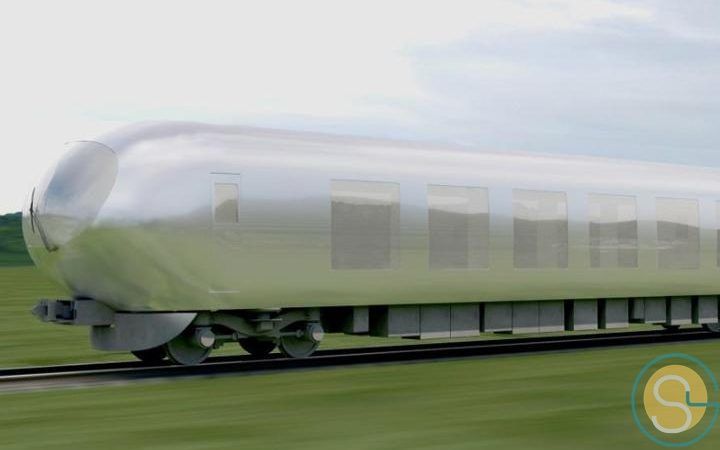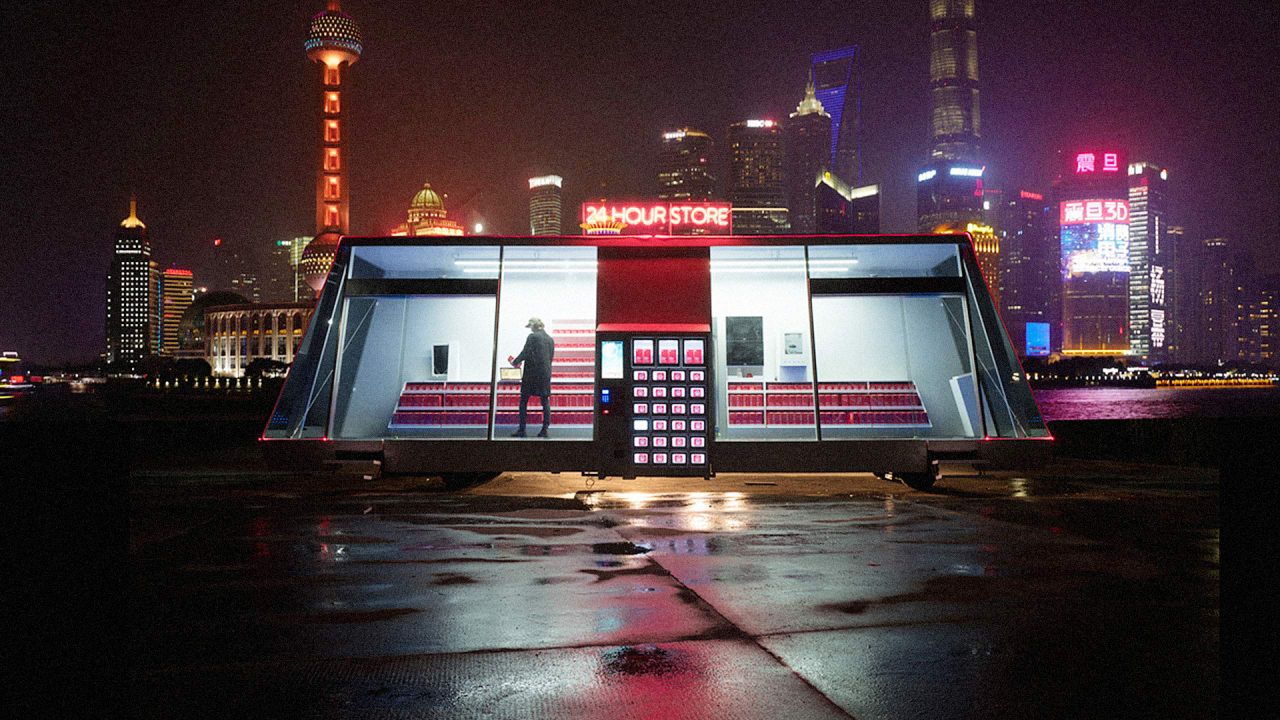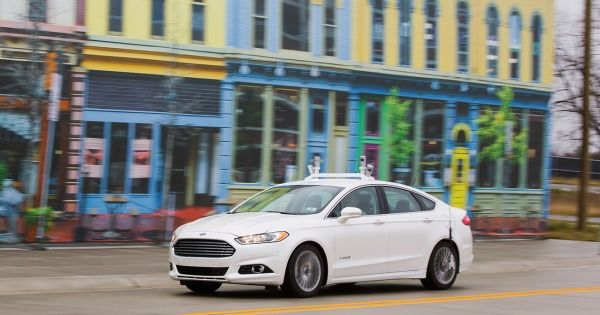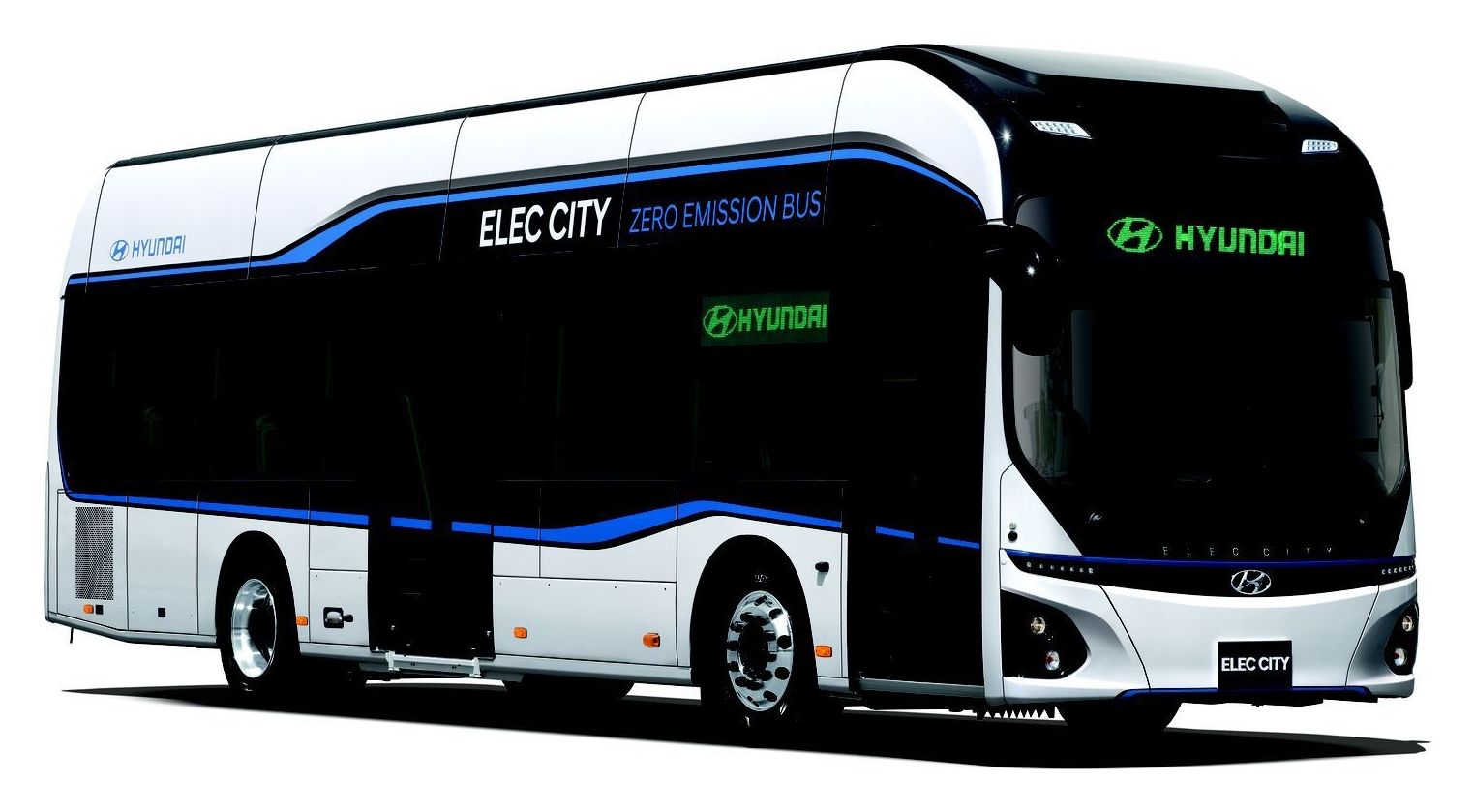I’m scheduled to give a short speech here tomorrow in Los Angeles. I’ve been told it’s a free event with fun festivities and food. My talk should be sometime between 12:30PM and 1:30PM. Join me in celebrating seniors and telling them about the importance of maximum longevity.
Free Food! Free Classic Car Show! Free Concert! Free Giveaways! Free Entertainment! Father’s Day Tribute! Veterans Tribute! Free Seminars! Surprise Special Guest!!!!!
Saturday, June 17th 2017, from 11am to 3pm at the “Expo” Ahmanson Senior Center, “Next to the LA Coliseum”, 3990 Bill Robertson Ln, Los Angeles CA 90037 - Seniors on the Move Today and Care Match America, along with many Partners, will host the first “Love a Senior Day!”
Bring your Grandparents, Mom, Dad, and Friends, to this Event! Joining us: A “Who’s Who” of caring Dignitaries, Political Leaders, your favorite Business, and amazing Senior Organizations!






